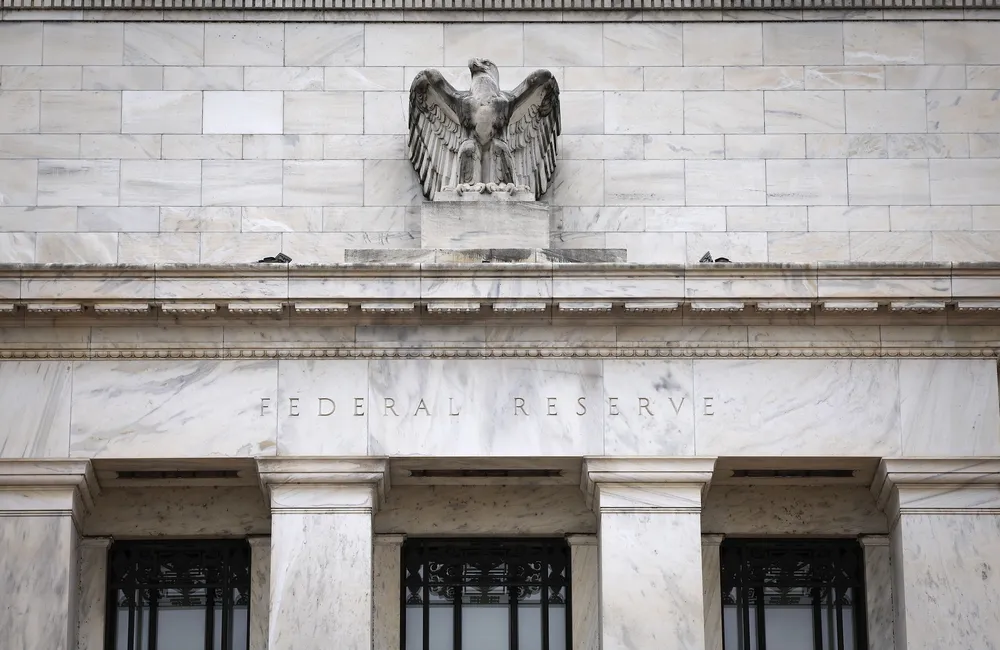Each Federal Budget is a balancing act of both politics and economics. On Tuesday, Treasurer Josh Frydenberg doled out some short-term goodies: a reduction in the fuel excise, a temporary tax cut of $420 for 10 million workers, and payment of $250 to 6 million welfare recipients. The kicker here is that the excise is due to return in six months and the full $1,500 Low and Middle-Income Tax Offset (LMITO) will disappear in the next financial year, and any incoming government is facing these two potential grenades.
Both of those problems are on the other side of the election so it can be figured out later. The Budget contained little on superannuation, which appears to have lost its inclination as a fiscal punching bag. Apparently, deficits delicious matter less than before and the retiree vote is too strong.
The SMSF and super industry liked it because it gives flexibility and keeps funds in accounts. John Maroney, CEO of the SMSF Association, said:
“The temporary reduction of the minimum drawdown rates will assist retirees in handling the effects of volatility in financial markets. The reduction is intended to decrease the circumstances in which retirees may be put in a position where they have to sell some of their superannuation investments in a volatile or depressed investment market simply to meet the Government’s minimum pension drawdown requirements, so given the current geopolitical climate as well as the impact of Covid, extending the cut in drawdown rates is an important initiative that will assist many retirees.”
And now, even the Treasurer loves retirees, a little rich considering it was Scott Morrison as Treasurer who first imposed the caps around the amount permitted in super pensions. Said Frydenberg:
“We acknowledge the important contribution self-funded retirees make to the Australian economy and the sacrifices made to ensure they can fund their retirement. It will also give retirees greater flexibility and certainty about their savings.”
Let’s keep this in mind if Frydenberg becomes Prime Minister and seeks once more to zero in on excessive retirement payments.
In real life, the 50% reduction in drawdowns is just another of the election ploys, no less an elective handout than any of the others. It enables people to keep more money in tax-advantaged super when the policy says it should be removed. Markets have rebounded sharply since the pandemic, and most retirees are much wealthier than when this efficiency was enacted for a year in 2020, most notably because of skyrocketing home values. If you are running a superannuation pension and don’t have the minimum legislated amount in cash, you are not managing your retirement plan correctly. No one should have to ‘sell in depressed markets’ – and markets are not depressed anyway. Whether you know it or not, it’s another election sop and the Treasurer knows roughly 1.8 million accounts will be affected by the minimum drawdowns.
Also beyond the next election and longer term, the dilemma the government faces is balancing moving to some sort of fiscal responsibility while also meeting ever growing, usually expanding costs of health, education, NDIS and so on, welfare, that is. Higher commodity prices, which are bringing a substantial windfall, may prove a life-saver, making Treasury's forecasts as recently as a few months ago look conservatively low. The Treasury also overestimated the pandemic’s toll on health and the economy, with low unemployment and a decline in welfare costs taking effect.
Higher interest rates make financing a trillion dollars of debt more expensive, particularly after the Reserve Bank abandoned its $350 billion bond program in February. That means they need to find real investors at higher yields. Difficult to believe we worried a decade ago about having no bonds on issue.
Bonds are experiencing equities-like volatility, with the Bloomberg Aggregate Bond Index (US investment-grade bonds) down over 6% in price this year, the worst quarter since 1980. Losses on global bonds are higher still.
So this week we’ll look at inflation and interest rates, to see if any news comes with a different view and what the Reserve Bank will do for 2022 and 2023 when they have no idea what the central bank itself will do. Let us hope that they guess right because against the futures markets, as seen below, many borrowers are about to be giving up the keys and losing their dreams. A bank bill rate of 3.5% would result in variable mortgage rates close to 6%. Surely not.
Here’s what else is in this week’s edition
The corporate regulator (ASIC) wants to stop commission payments that can conflict advisers' interests. Treasury had discovered that many advisers and stockbrokers were not acting in their clients’ best interests. Now a growing band of investors have found themselves qualifying as 'wholesale' and LICs and LITs are back and the issuers are queuing up again.
They provided the following report on the 2022 Budget, which they say indicated that ‘fiscal repair’ in the medium term is to take the form of restrained spending rather than austerity. The Budget is poised to create a lot more winners than losers in the run-up to the election, albeit with some stings in the tail.
The standard wisdom is that larger is better in terms of population and innovation. More people is more researchers and innovators and more customers to buy products services. But Emma Davidson is optimistic about the unavoidable fall in the world population.
What if you can adapt to the changing economic environment? Cameron McCormack dives into how investors can adapt through incorporating factors into your investment approach. He examines the behavior of quality, momentum, growth and enhanced value across the economic cycle.
The Covid-19 pandemic and the spectrum of policies designed to alleviate its effects have created a resurgence of inflation not seen in 40 years. There is a compelling case, according to Ashok Bhatia for thinking about “inflation” during the asset allocation process, as well as what role it most effectively plays in the larger context of portfolio diversification and income generation.
Lastly, supply chain pressures remind us of the critical role and economic value created by companies striving to optimize our infrastructure. Francyne Mu lays out two logistics companies that are well placed to do well.





















